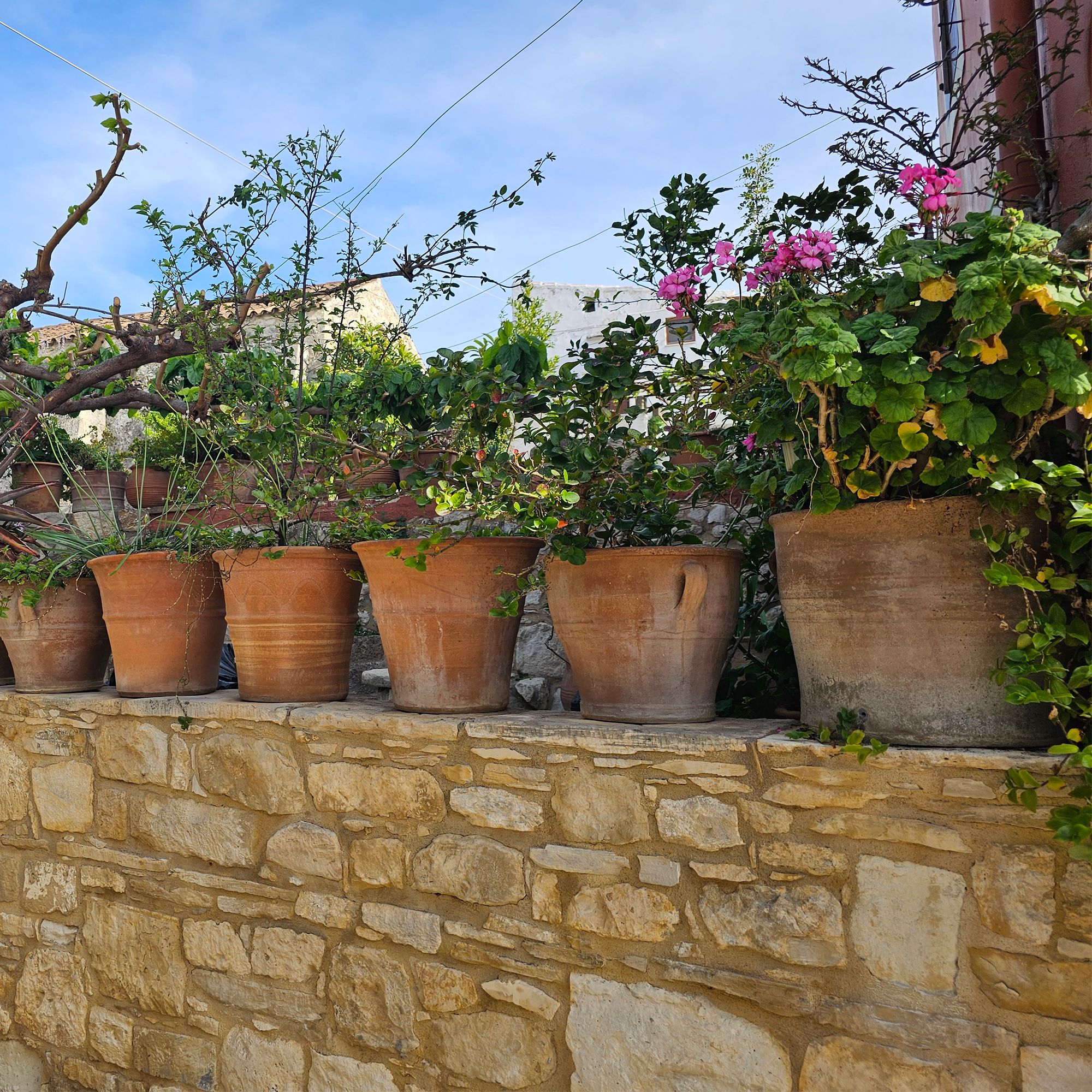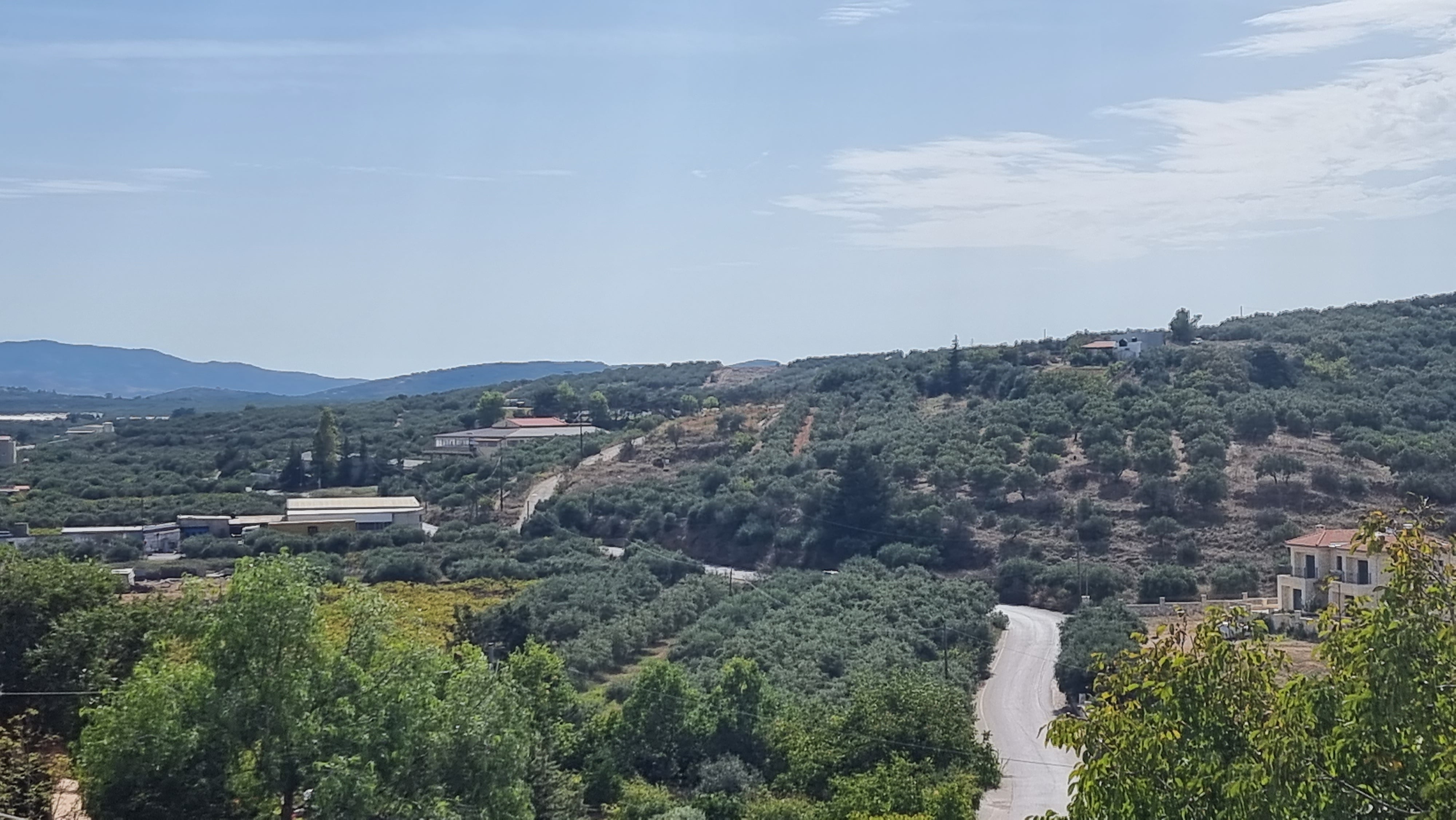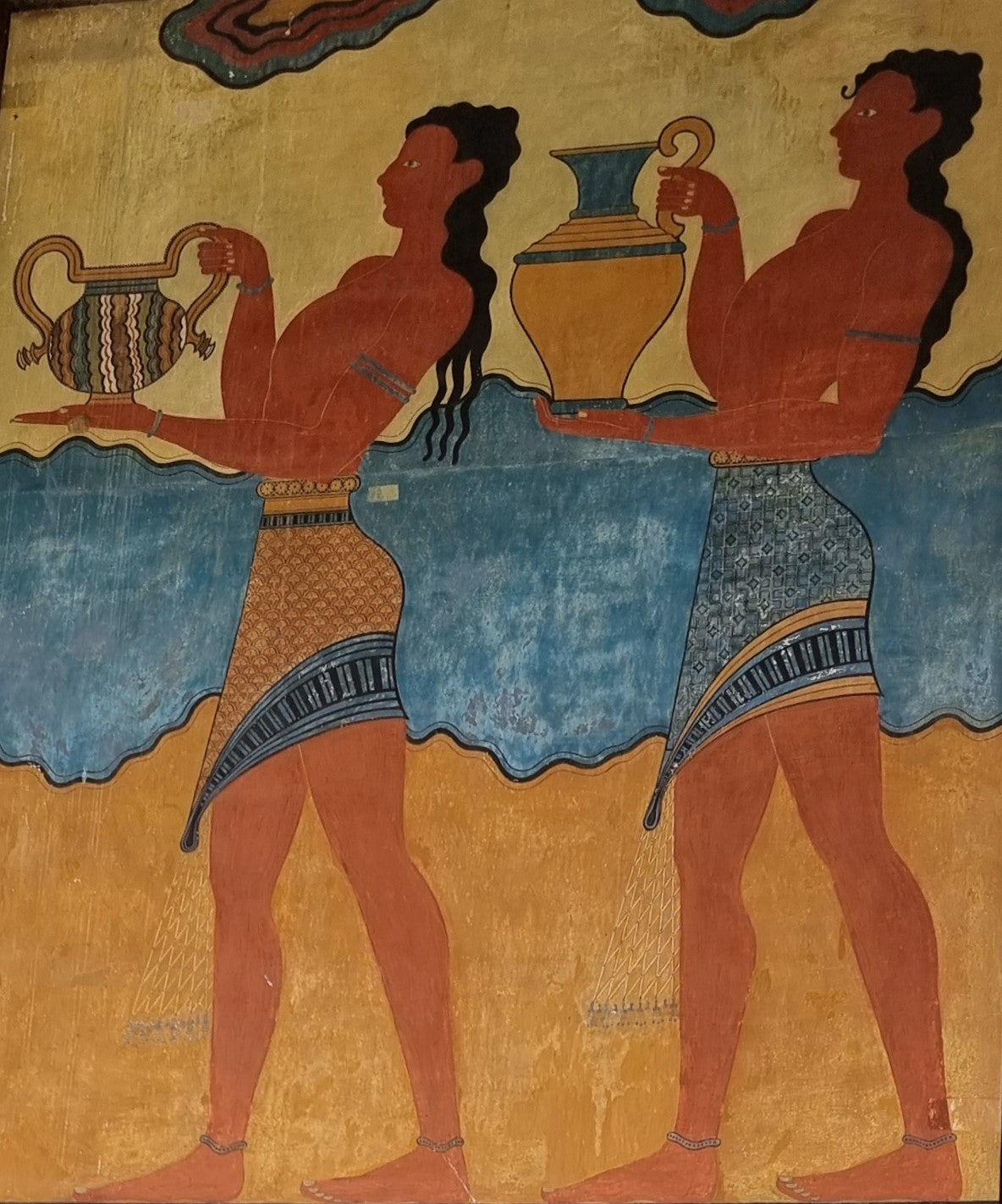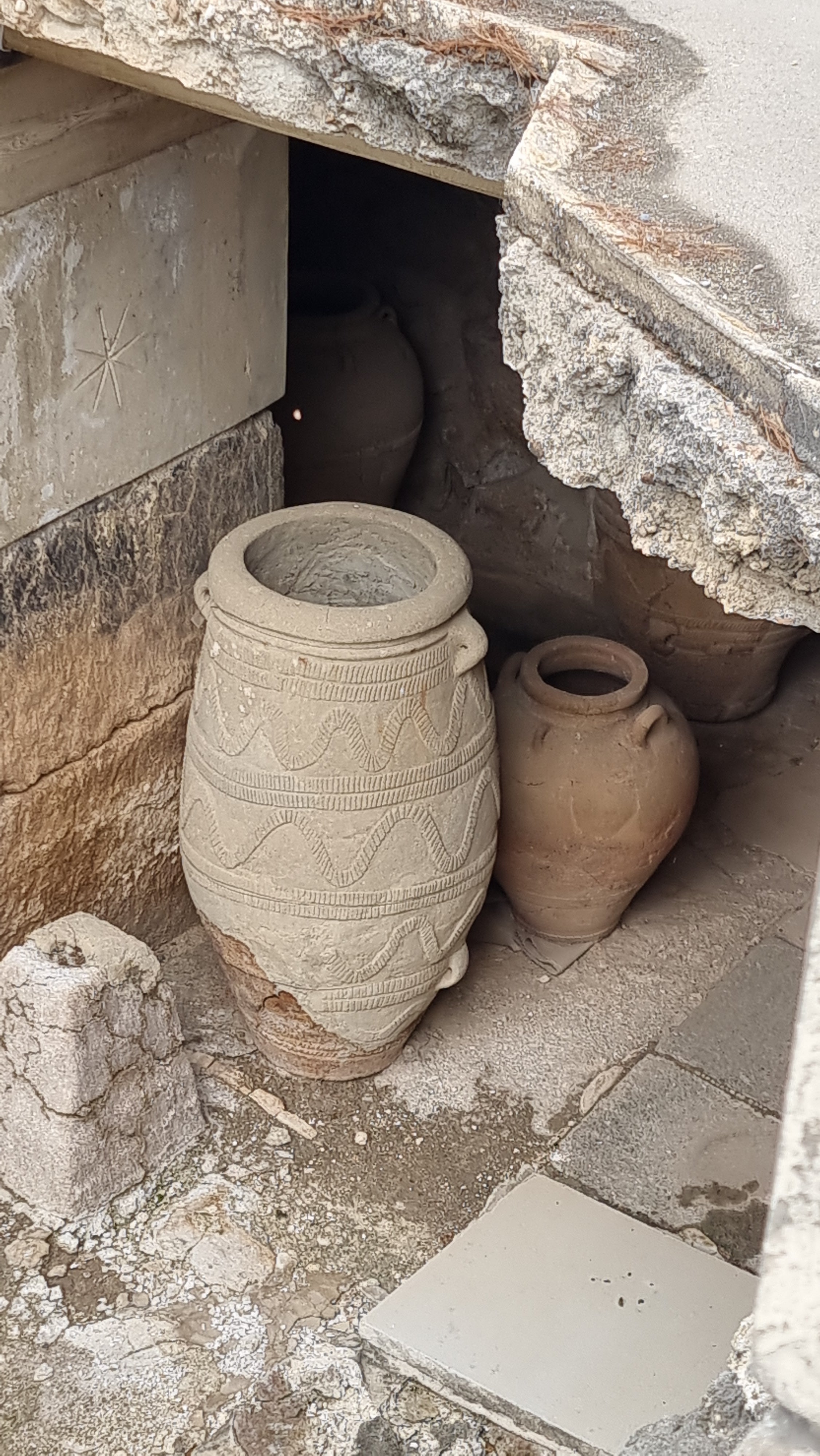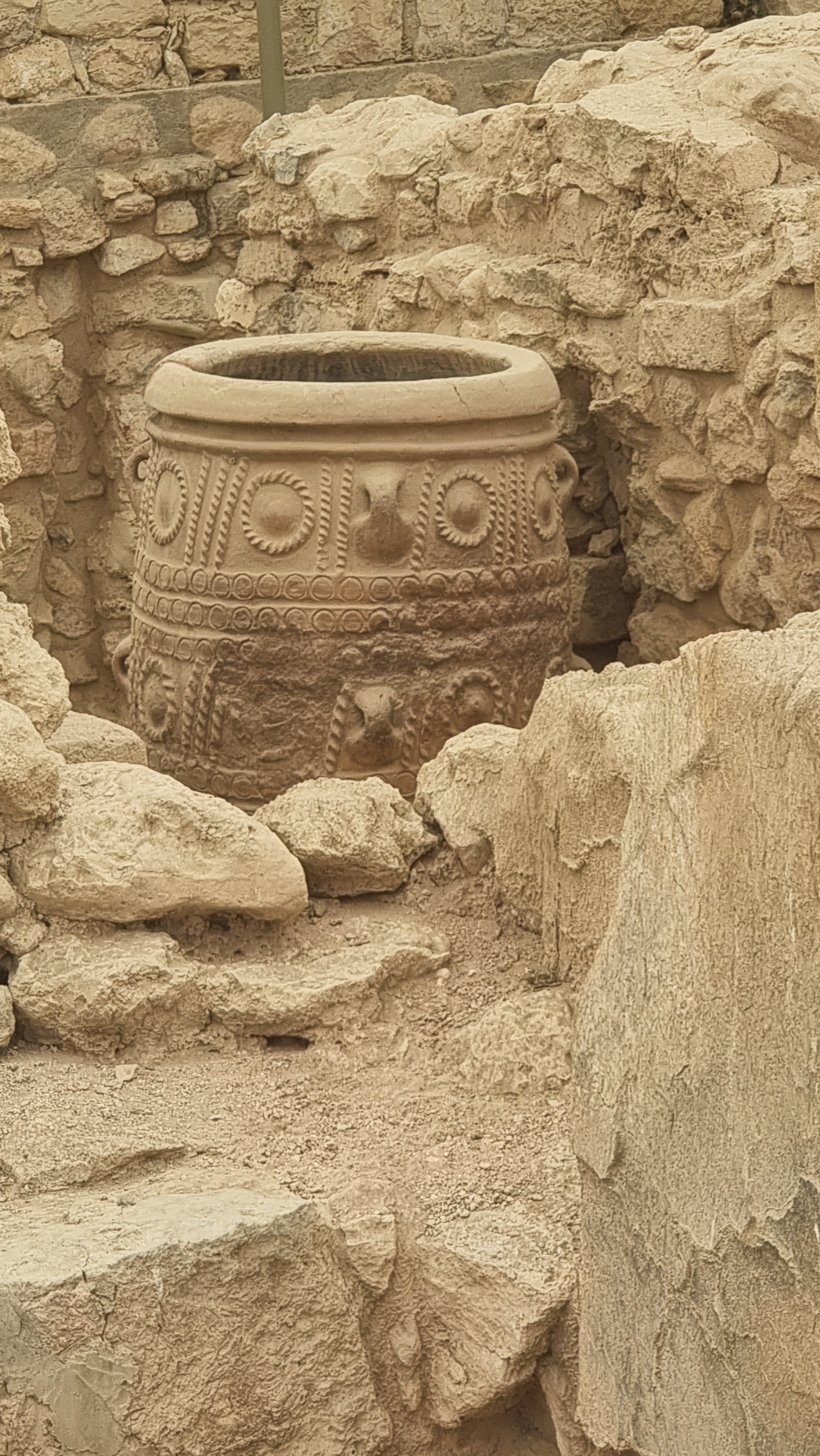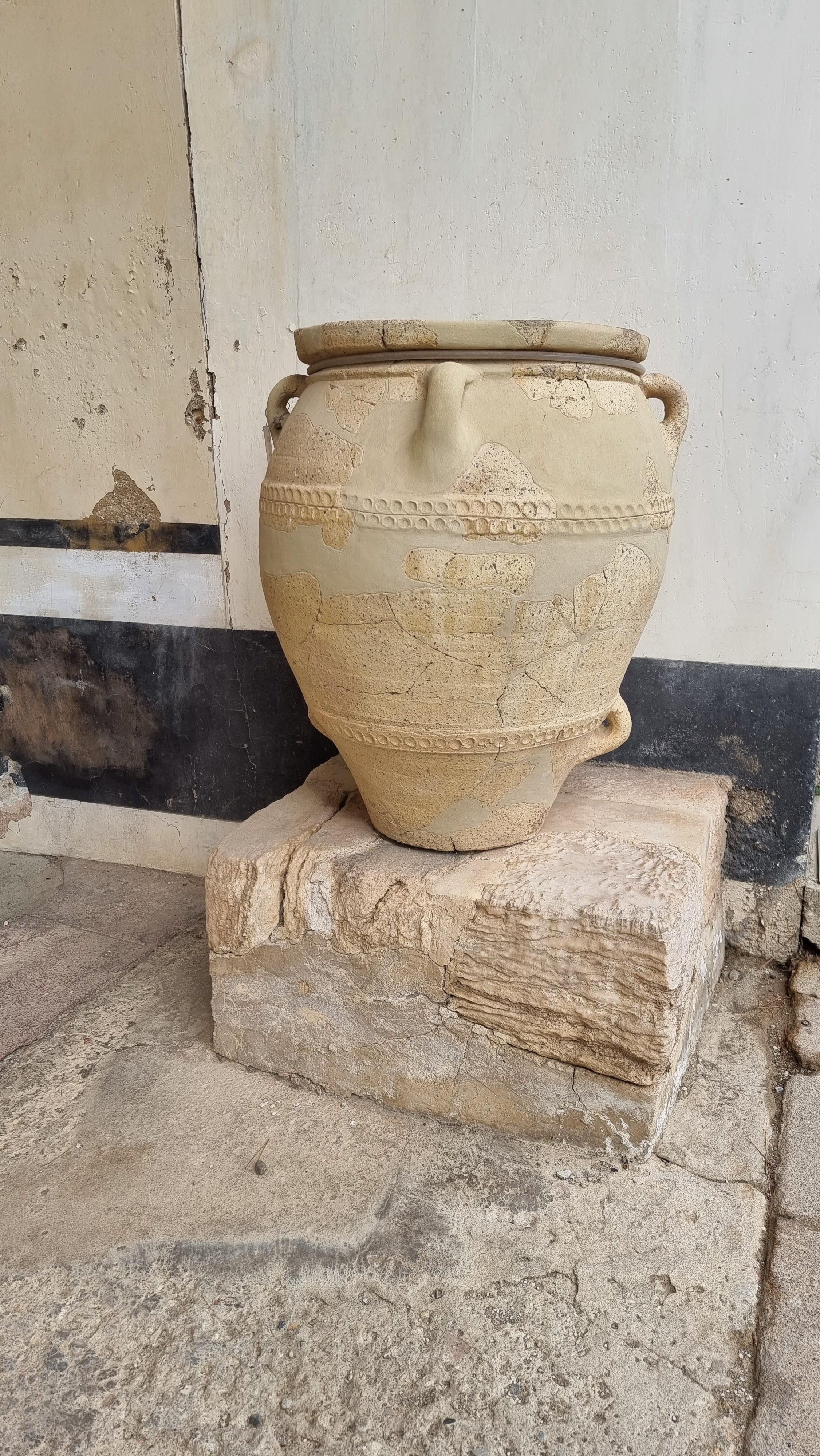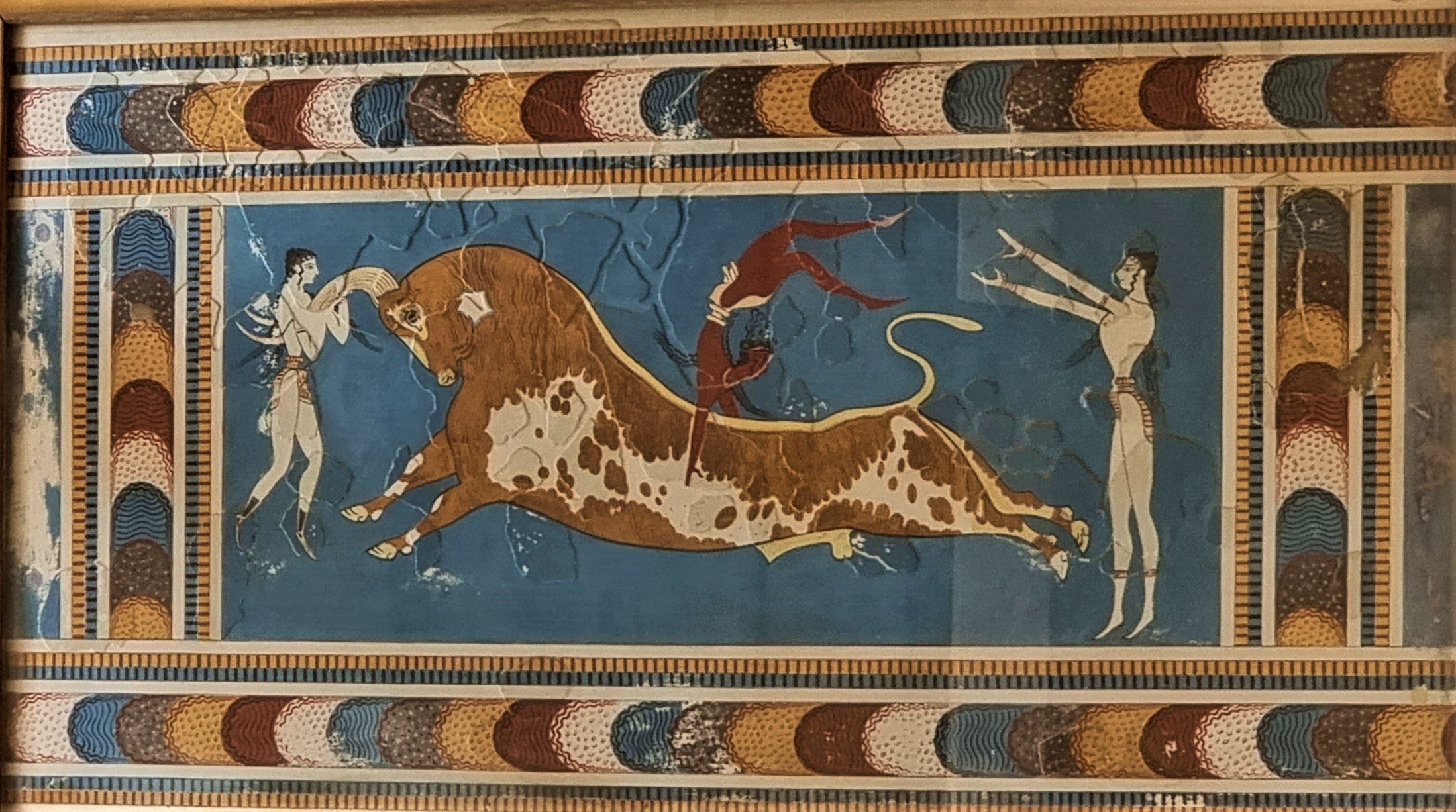The island of Crete stands out as an almost unique place in the world, with its continuous production of distinctly Mediterranean pottery originating from a specific area, and even a single village. This remarkable tradition can be traced back as far as 8000 BC.
Nestled in the mountainous regions either side of the coastal plains is where a special clay can be found that is perfect for manufacturing the large pots and Pitharia (storage jars) for which the area is famous. All the civilizations that inhabited Crete have recognised this, not least the Minoans who inhabited the island from approx. 2700 BC and with whom today's potters feel a connection through time.
The Minoans were known for their advanced artistry and pottery skills, and their pots were highly sought after in the ancient world. During this period, they were primarily used for storing and transporting goods such as olive oil, wine, grains, and other commodities. These pots were often decorated with intricate motifs, including depictions of marine life, plants, animals, and geometric patterns. The Minoans developed sophisticated techniques for shaping and firing the clay, forming the basis of the highly durable, yet also beautiful pots still made to this day.
When the Palace of Knossos was excavated (the centre of Minoan civilisation in Crete) they found huge storerooms with 150 giant Pithari still remaining and room for 250 more. These wonderful jars, visibly direct ancestors of the pots made today, could hold over 80,000 litres of oil, wine and grain, and in surviving over thousands of years, prove just how robust and long lasting these pots are. Knossos is of course the home of the legend of the Minotaur, the mythical creature with the body of a man and the head and tail of a bull who was reputed to live at the centre of a labyrinth. You can find him on the Cretan Terracotta Pot logo.
After the Minoans, many other cultures have influenced the design of Cretan pottery, not least the Romans, Venetians and Ottomans. Today, Cretan terracotta pots are not only cherished for their historical significance but also sought after for their practical and decorative qualities. They are used in gardens, homes, and restaurants around the world, adding a touch of Mediterranean charm to any setting.
The history of Cretan terracotta pots is a testament to the skill, artistry, and cultural significance of the Cretan people. From the ancient Minoan civilization to the present day, these pots have served as vessels of utility, expression, and tradition. The diverse influences and styles that have shaped Cretan pottery over the centuries have contributed to its enduring appeal and make it a valuable part of Crete's cultural heritage, and a beautiful, natural, environmentally friendly addition to any space, inside or out.
Cretan Terracotta Pots are proud to bring these timeless vessels to the UK for you to savour and enjoy, truly a small piece of living history.

